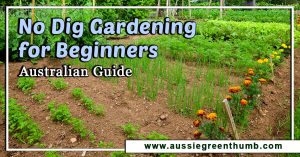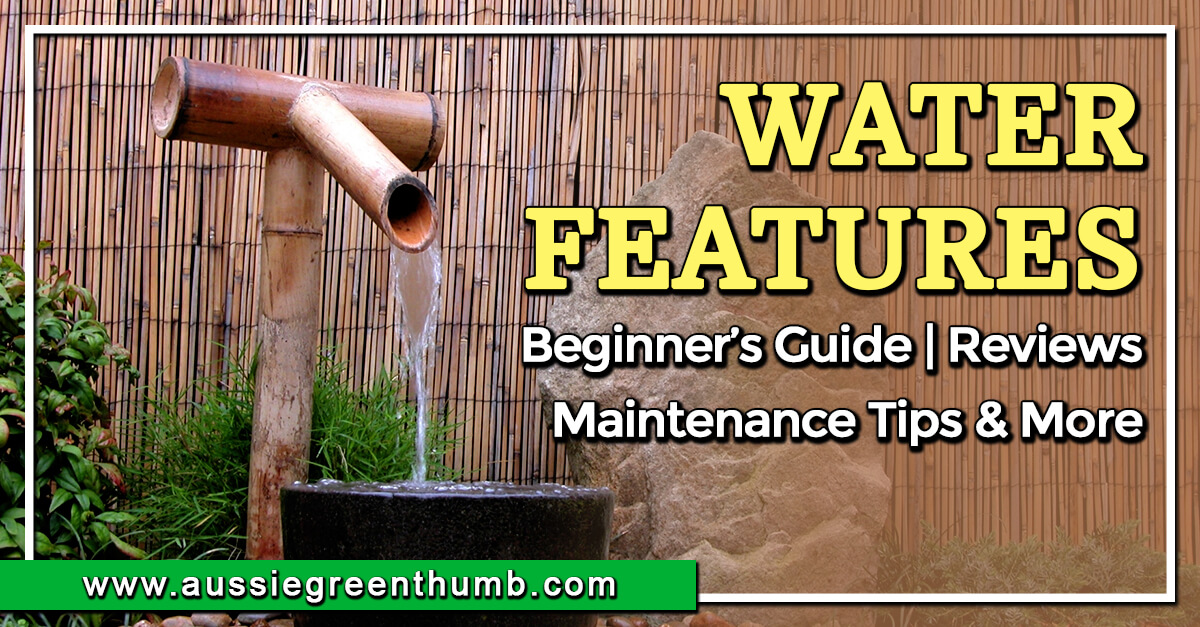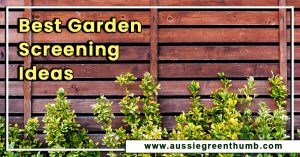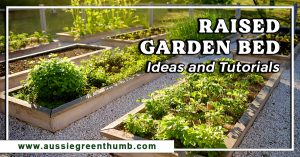For the ultimate in quick and easy productive gardening, straw bale gardening would be the outright winner. No soil. No garden edging. No digging (similar to a no dig garden). Just a bale of hay.
When we think of growing plants, we tend to assume that soil is the only medium that we can plant into. It’s just not the case. Most organic materials provide a great growing medium for plants. So, how do you do it?
More...
How to Start a Straw Bale Garden
Here is a 10-day preparation schedule from straw-bale guru, Kent Rogers.
- Days 1–3 - Water the bales thoroughly and keep them wet.
- Days 4–6 - Sprinkle the bales with 1/2 cup of ammonium nitrate (32-0-0) per bale per day, and water it well into the bales. I didn’t have any trouble finding ammonium nitrate from my local ag-supply store. They sold it in 40-pound bags. I have heard, however, that some people have had difficulty finding it in more urban settings. Ask around.
- Days 7–9 - Cut back to 1/4 cup of ammonium nitrate per bale per day and continue to water it in well.
- Day 10 - No more ammonium nitrate but do add 1 cup of 10-10-10 fertiliser per bale and water it in well.
- Day 11 - Transplant your plants into the bales. I used a spatula to make a crack in the bale for each plant. Place the plant down to its first leaf and close the crack back together as best you can.
If you go buying ammonium nitrate in bulk, you’re probably going to raise some security alarm bells, especially if you live in the US, UK, or Australia. Plus, ammonium nitrate is expensive and hard to find. There are some alternatives however with Urea being the next best option (46-0-0) and an organic substitute is poultry manure.
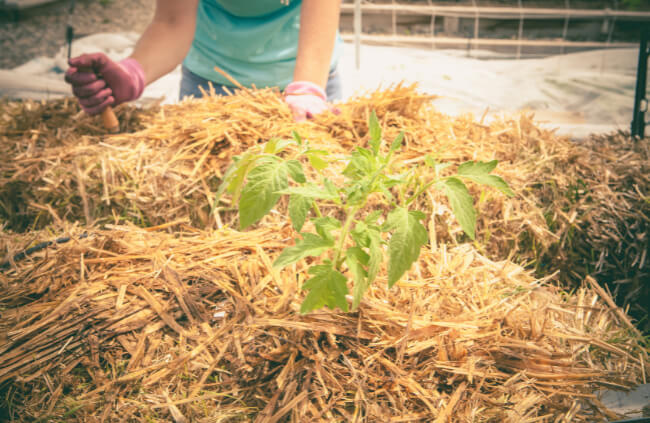
If you want to use the chicken manure, then you will need to prepare it in a bucket by just covering it with water and leaving it for 2-3 days to rot. This will remain as a liquid that can be poured over the straw bales at the same rate as the ammonium nitrate.
Maintaining a Straw Bale Garden
Once your plants are in the straw bale it’s just a matter of maintaining them as you would in the soil. The only proviso to this is that because a straw bale has a greater surface area (the top plus 4 sides) it will have more chance of drying out.
I would advise that you grow two bales together with their long sides butting up against each other and then continuing a row with more straw bales end to end. This will significantly reduce the surface area and evaporation won’t occur so readily.
This method of growing plants is mainly successful only with vegetable crops and predominantly those that grow above the surface. The only vegetables that won’t grow well in straw bales are your umbellifers (potatoes, swedes, carrots etc) and your alliums (garlic, leeks, onions etc).
You will need to continue adding your chosen fertiliser – ammonium nitrate, urea, or poultry manure – every 3-4 weeks. Plus, you might want to use a liquid fertiliser as well.
Published on June 6, 2023 by Gary Clarke
Last Updated on December 23, 2023

